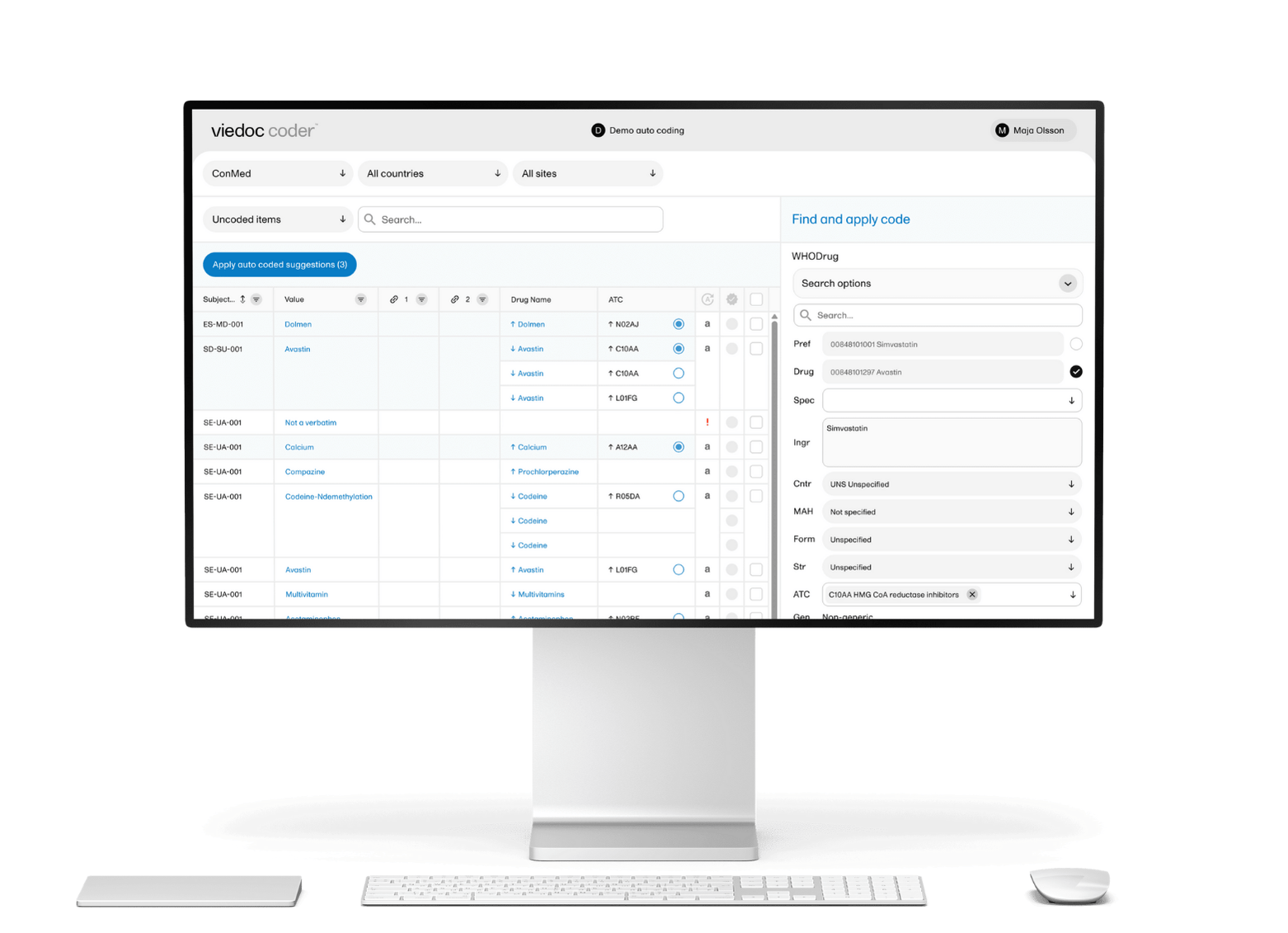Clinical trials are evolving fast and one thing has become increasingly clear: patients can no longer remain passive participants—clinical trials must be built around their needs. The future of clinical research is patient-centered, and technology is the enabler.
Recruiting, engaging, and retaining participants has always been a challenge, but the landscape is shifting. As trials become more decentralized and remote, we must do more than simplify the logistics—we need to reimagine the patient’s role entirely. We’re no longer just collecting data—we’re building partnerships, and that changes everything.
Because when patients lead, progress follows.
The importance of patient empowerment
The World Health Organization (WHO) defines empowerment as “the process through which patients can gain more control over the decisions and actions that affect their health.”
The traditional model of clinical trials has long viewed patients as “subjects”—a term that strips individuals of identity and reduces them to mere data sources. This depersonalized approach often leads to low retention, poor compliance, and even trial failure due to insufficient enrollment and engagement. To reverse this trend, we must design trials that fit with patients’ lifestyles, empowering them as active partners rather than passive subjects and fostering a sense of ownership in the study.
Research consistently demonstrates that giving patients access to their healthcare data leads to better outcomes and lower costs. Findings from 2022 indicate that empowered patients—those actively engaged in their care—tend to be healthier, report less pain, anxiety and depression, alongside lower medical expenses. These insights underscore the practical necessity of incorporating patient feedback, improving trial accessibility, and removing participation barriers.
What we have today: a strong start—but only a start
The good news is that the shift is already underway. Over the last decade, clinical trial platforms have made real progress in improving patient experience, making trials easier to access, simpler to navigate, and more transparent.
Here’s what that looks like today:
Patient-centric design
- Unified, user-friendly interfaces place scheduling, data entry, tele-visits, and reminders in a single app, eliminating the need to switch between different tools.
- Multilingual support and bring-your-own-device (BYOD) capabilities extend accessibility and cut complexity and cost.
- Dynamic forms adjust to previously entered data, showing participants only what is required and enabling at-will reports (e.g., adverse events).
Data access and transparency
Patients can review both the data they contribute and key study documents at any time, reinforcing trust and engagement.
Retention and engagement features
- Reminders and notifications boost compliance. One long-term follow-up study recorded > 98% response rates, even among the "cured" population, a group typically less likely to remain engaged in studies.
- Tele-visits reduce travel and allow patients to participate in the trial remotely, lowering participation burden and enhancing engagement.
- Adherence reporting helps study staff monitor patient participation and intervene when needed.
These tools provide a solid foundation for patient empowerment, yet clear opportunities remain to elevate them further.
What’s next: a sneak peek
We’ve made trials easier to navigate—but not necessarily more meaningful. If we want patients to feel like partners, we need to invite them into the process in a more personalized, responsive, and human way. That means rethinking everything from how we collect feedback, to how we design engagement tools and how we support different patients across study contexts.
In the next article, we’ll explore how the industry can enhance patient empowerment in the near term—through personalization, gamification, and smarter design choices that don’t require a tech revolution.
/woman-couch-ipad.jpg?width=624&height=405&name=woman-couch-ipad.jpg)

/female-doctor-with-tablet.jpg)
/SDL/sdl-woman-laptop-ui.png)